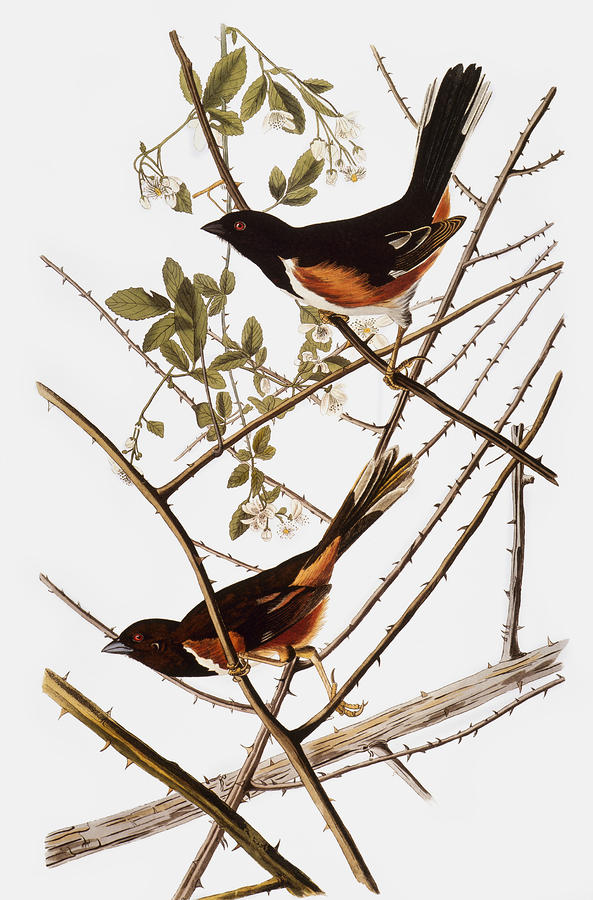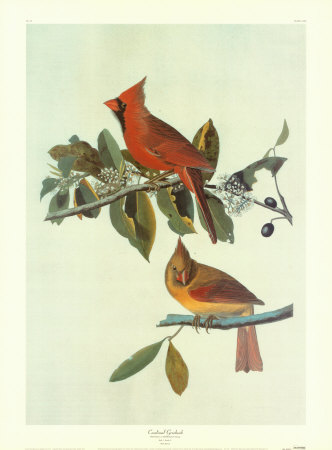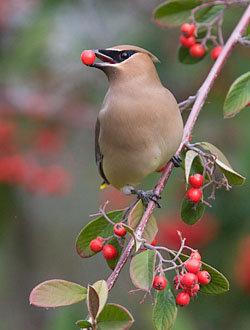The Silver-laced Wyandottes are lagging behind. They are the ones that look almost like little skunks - black with two white stripes down their backs. You can clearly see one at the beginning and both at the end of the following video. Notice how small they are compared to the others. And look how much longer their wings look compared to their little bodies.
Wednesday, February 29, 2012
Crabtree Plantation - Revisited
Last November, I blogged about the Crabtree Plantation and the 18th century house nearby.
Today, M noticed a rezoning sign in front of the property. A little Googling brought me to a NEW REPORT dated February 10 and produced by the Raleigh Historic Planning Commission.
The good news is there is all kinds of information about the house in the report, including old photos, newspaper clippings, and the National Register nomination. The bad news might be that something may be about to happen to that piece of property.
Stay tuned.
Today, M noticed a rezoning sign in front of the property. A little Googling brought me to a NEW REPORT dated February 10 and produced by the Raleigh Historic Planning Commission.
The good news is there is all kinds of information about the house in the report, including old photos, newspaper clippings, and the National Register nomination. The bad news might be that something may be about to happen to that piece of property.
Stay tuned.
Tuesday, February 28, 2012
Monday, February 27, 2012
Sunday, February 26, 2012
Saturday, February 25, 2012
New Critters!
Made a trip to the Pittsboro Feed Store today and picked up these little ladies.
We have two each of the following:
Welsummers are a very popular but rare breed that originated in Holland in the early 1900s and was first presented for show around 1922. Welsummers are known best for the eggs they lay, which are a beautiful dark cocoa brown. Although they are good egg layers, they are considered a non-sitting breed. They are good foragers, so they tend to consume less feed than other breeds.
Cuckoo Marans were developed in Marans, France during the mid 1800s. Although they are considered a very rare breed, they are extremely popular in the United States because of the beautiful dark brown eggs they lay. Cuckoo Marans look very similar to the Barred Plymouth Rock, with the exception of some subtle differences in the feather pattern.
Silver Laced Wyandottes appeared around the 1870s. They are very strong egg layers with most hens producing between 200 and 240 eggs annually. The rose comb of this breed makes it a better choice for colder climates, as the comb is less likely to freeze. The temperment of these birds is considered to be docile and friendly, doing very well in both free range or confined environments.
Stay tuned as we watch them grow and document their lives.
We have two each of the following:
Welsummers are a very popular but rare breed that originated in Holland in the early 1900s and was first presented for show around 1922. Welsummers are known best for the eggs they lay, which are a beautiful dark cocoa brown. Although they are good egg layers, they are considered a non-sitting breed. They are good foragers, so they tend to consume less feed than other breeds.
Cuckoo Marans were developed in Marans, France during the mid 1800s. Although they are considered a very rare breed, they are extremely popular in the United States because of the beautiful dark brown eggs they lay. Cuckoo Marans look very similar to the Barred Plymouth Rock, with the exception of some subtle differences in the feather pattern.
Silver Laced Wyandottes appeared around the 1870s. They are very strong egg layers with most hens producing between 200 and 240 eggs annually. The rose comb of this breed makes it a better choice for colder climates, as the comb is less likely to freeze. The temperment of these birds is considered to be docile and friendly, doing very well in both free range or confined environments.
Stay tuned as we watch them grow and document their lives.
Friday, February 24, 2012
What was THAT???
Came home on Tuesday morning around 10:30 and, while looking out the back windows, saw a large gray critter run down from the railroad tracks, behind our shed, into the neighbors yard, and disappear behind the hedge. By the time I could get out for a closer look, it was gone.
This was an animal I had never seen before. It was larger than but about the same color as a gray house cat. It had a big bushy tail and ran in an undulating manner. I did a little Googling, and this is what I think I saw.
According to THIS ARTICLE, they are all over North Carolina.
FUR COAT ANYONE???
This was an animal I had never seen before. It was larger than but about the same color as a gray house cat. It had a big bushy tail and ran in an undulating manner. I did a little Googling, and this is what I think I saw.
According to THIS ARTICLE, they are all over North Carolina.
FUR COAT ANYONE???
Sunday, February 5, 2012
More Birds
It is a dull, gray morning, but our backyard is teaming with life:
slate colored juncos
white throated sparrows
Carolina wrens
tufted titmice
red bellied woodpeckers
downy woodpeckers
Carolina chickadees
towhees

brown thrashers
house finches
white breasted nuthatches
brown headed nuthatches
cardinals
crows

mourning doves
slate colored juncos
white throated sparrows
Carolina wrens
tufted titmice
red bellied woodpeckers
downy woodpeckers
Carolina chickadees
towhees

brown thrashers
house finches
white breasted nuthatches
brown headed nuthatches
cardinals
crows

mourning doves
Saturday, February 4, 2012
Cedar Waxwings
It seems every time I see these great birds, it is cold or cloudy or snowy or rainy. Today was no exception. A flock descended on a neighbor's holly tree.
The click-like chirping that you hear is coming from the cedar waxwings. The other sound is from a cardinal. I couldn't get very close or they would fly away. Here are a couple of pictures from online so you can have a better idea of what was going on.
The click-like chirping that you hear is coming from the cedar waxwings. The other sound is from a cardinal. I couldn't get very close or they would fly away. Here are a couple of pictures from online so you can have a better idea of what was going on.
Subscribe to:
Comments (Atom)




















